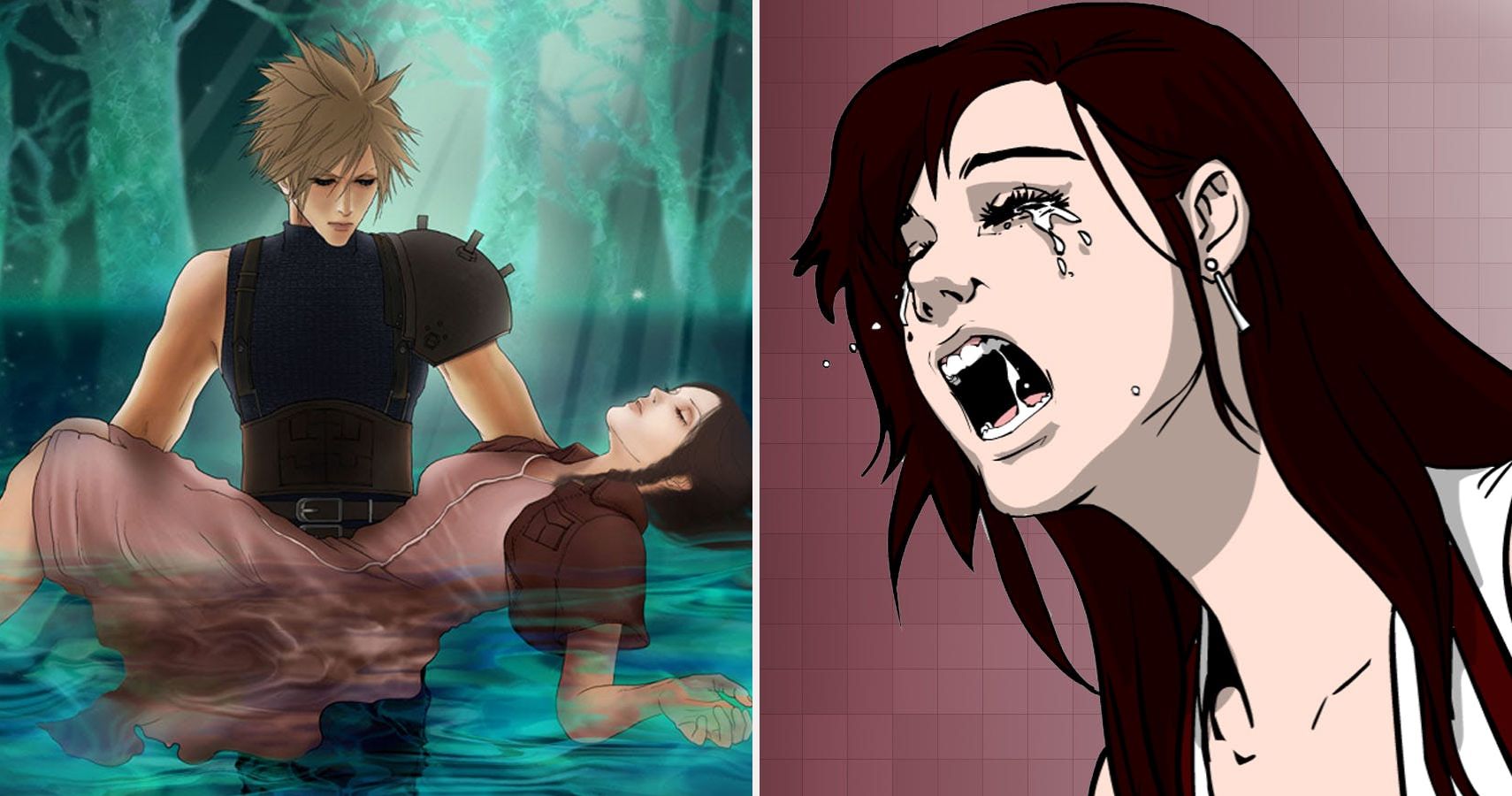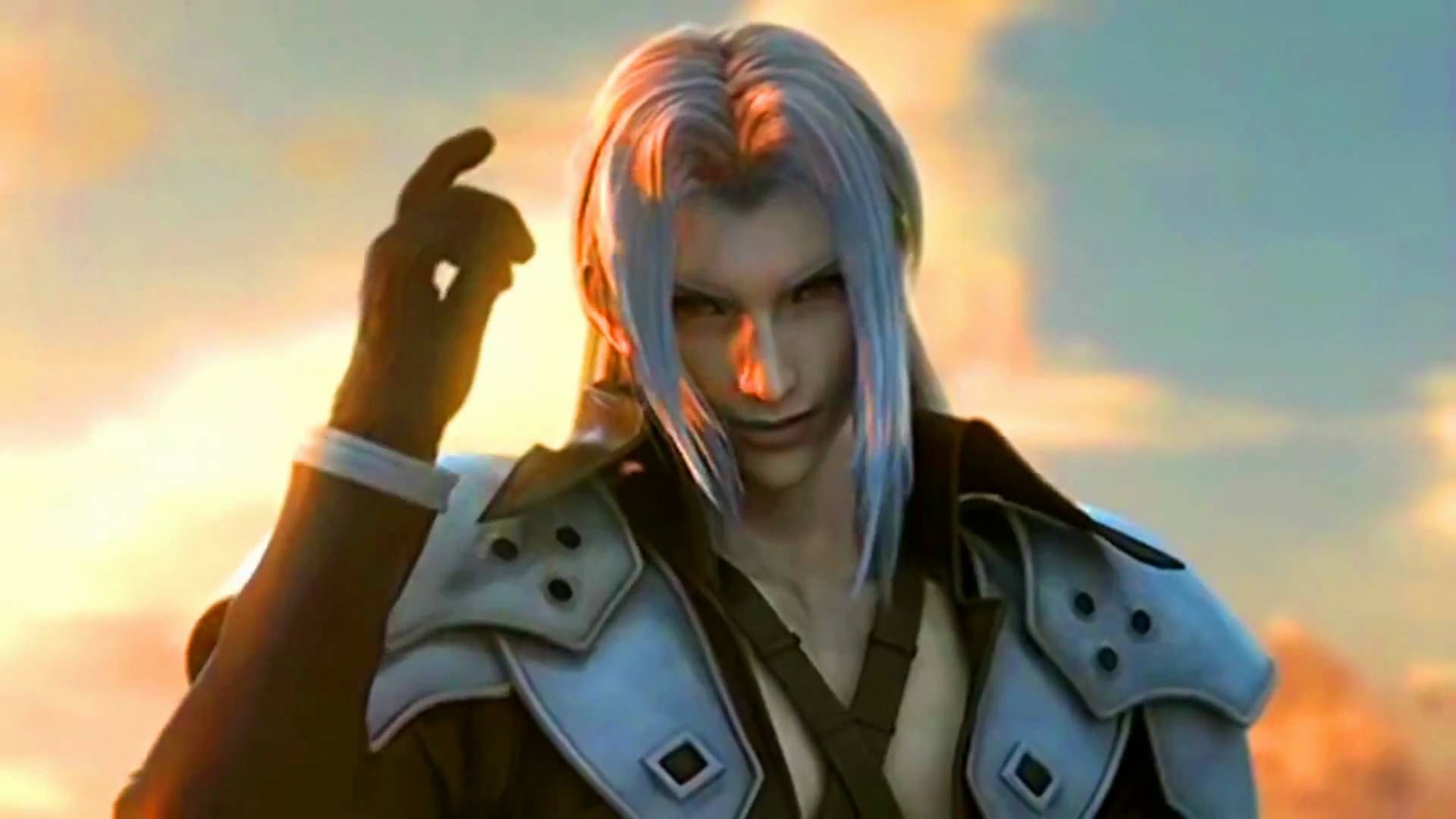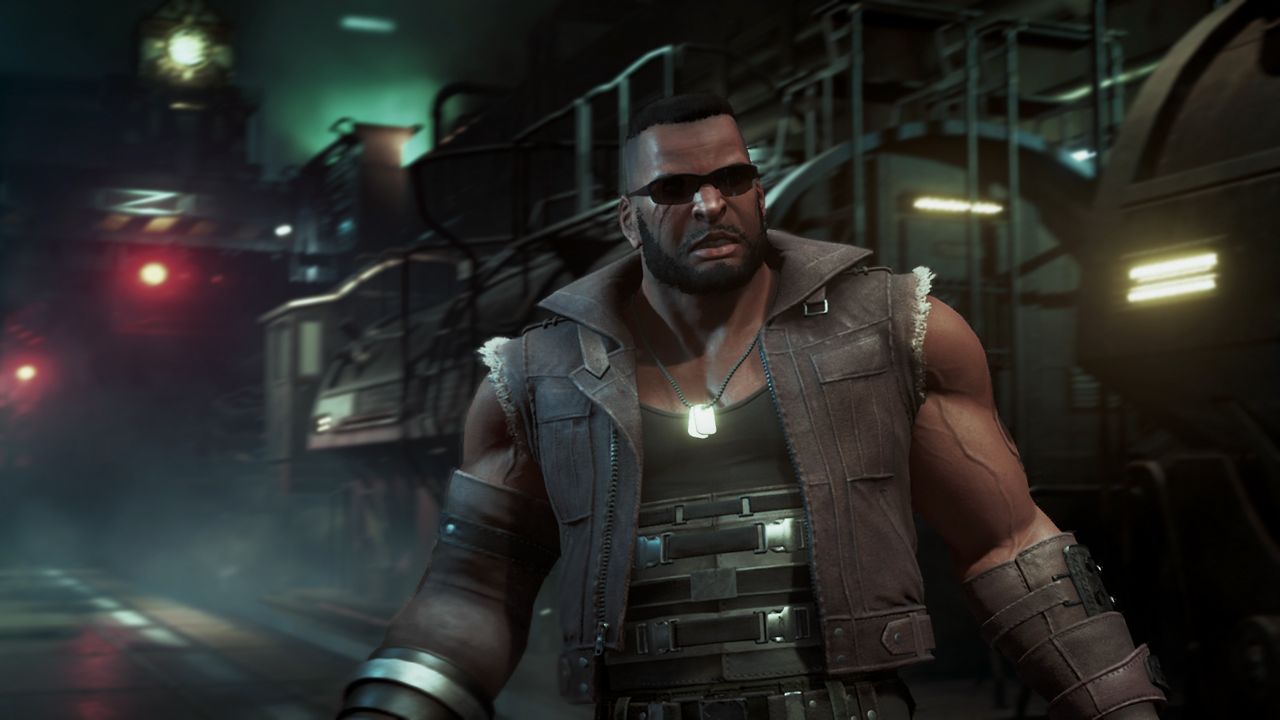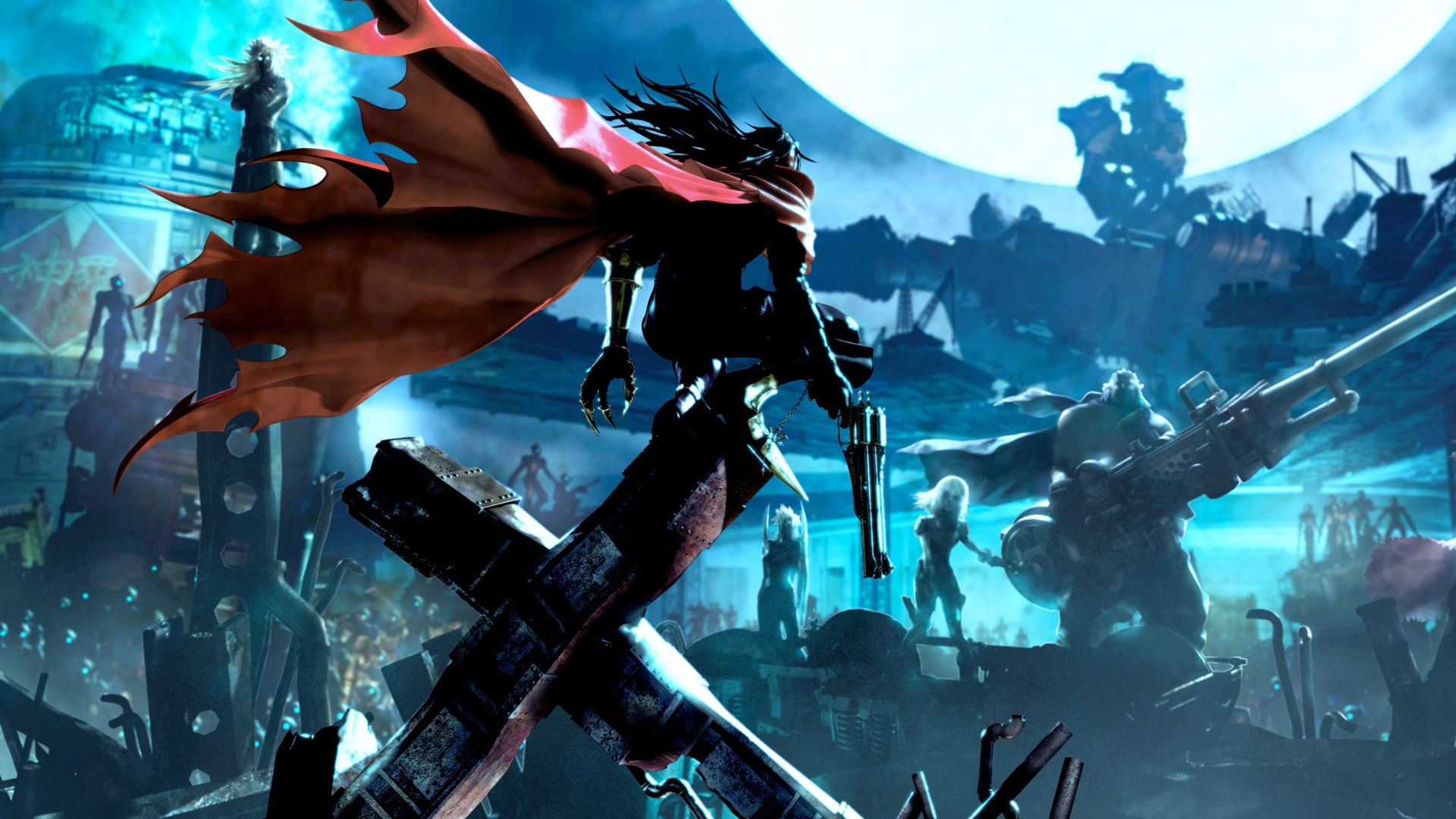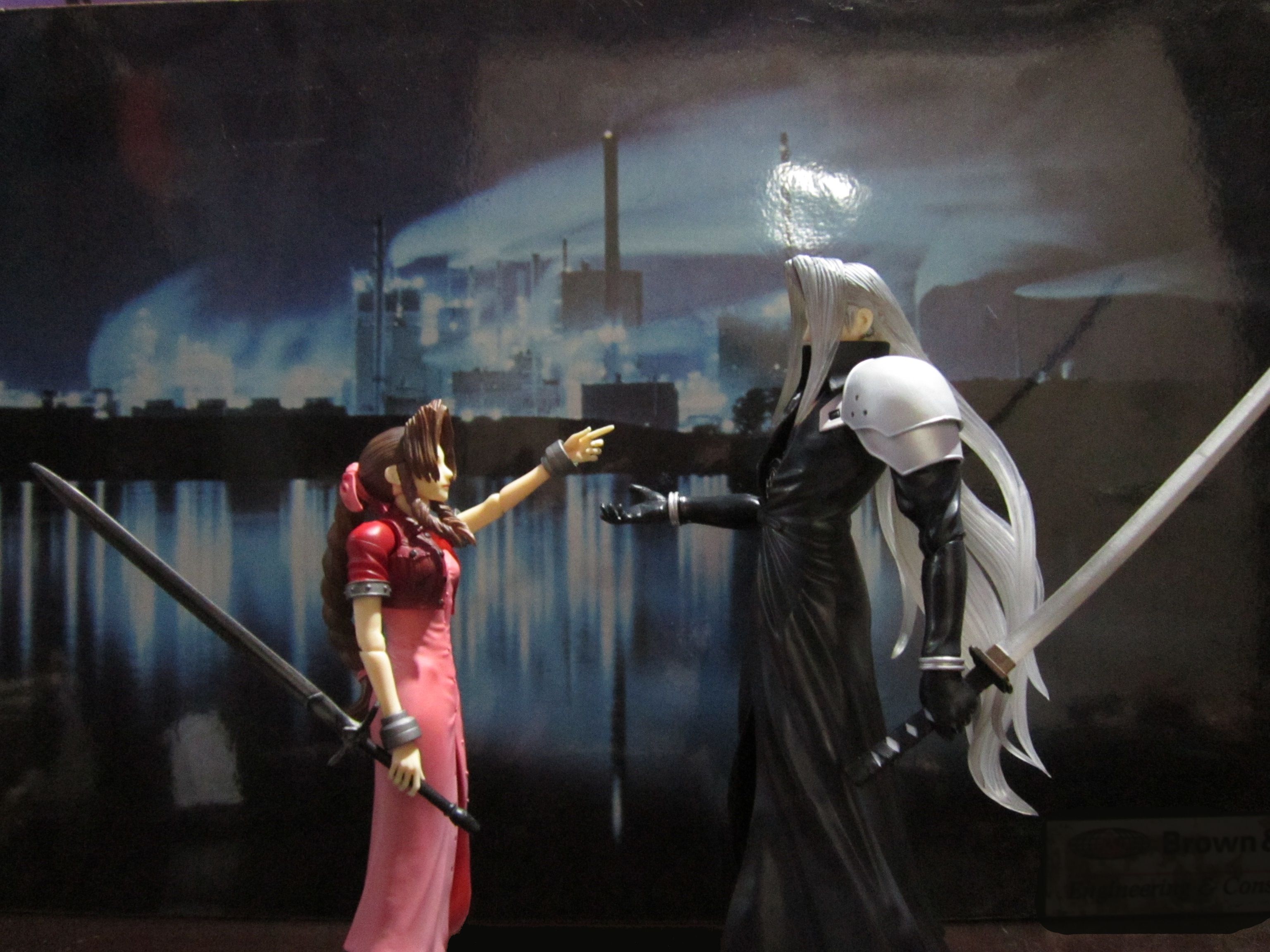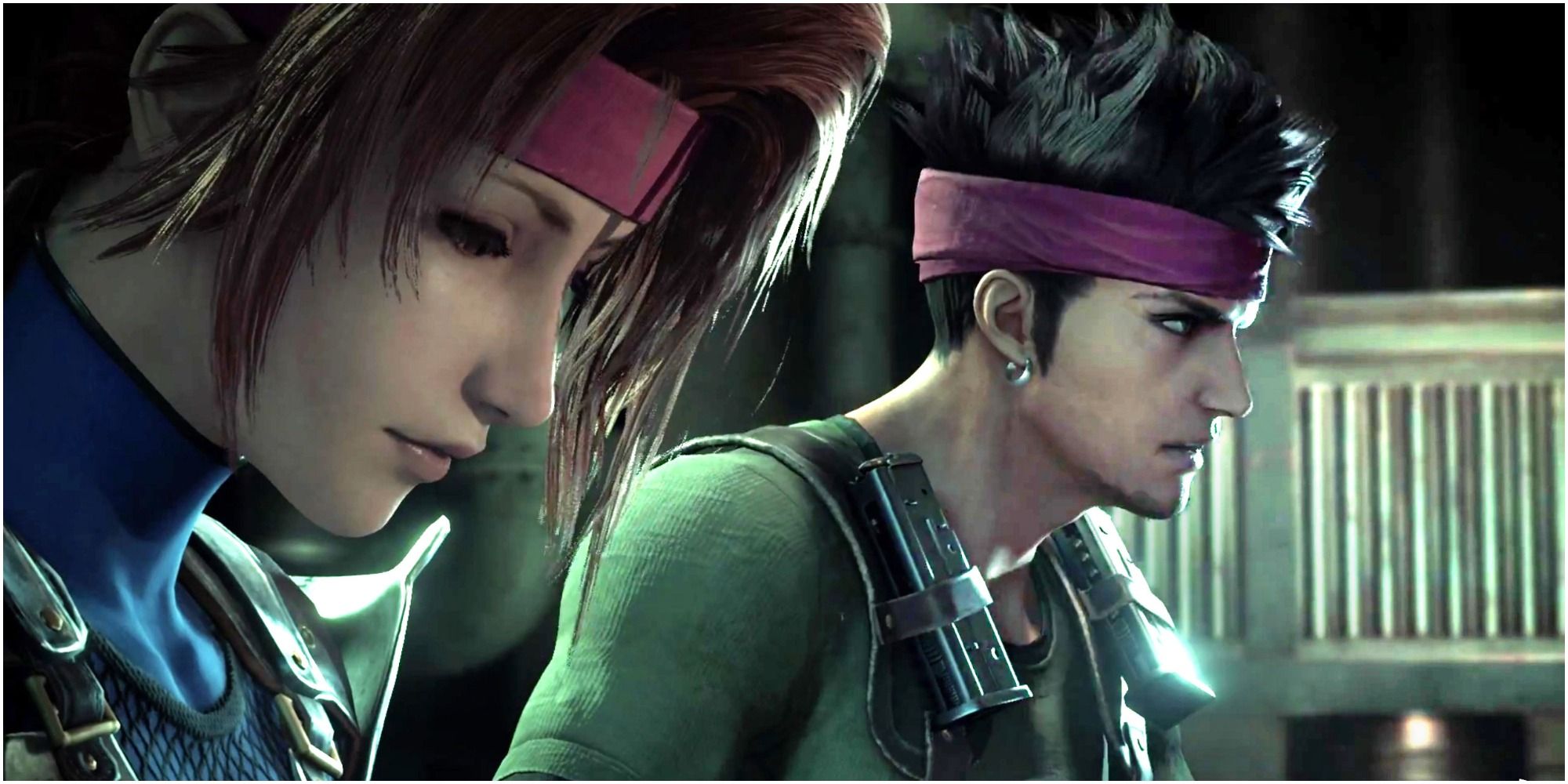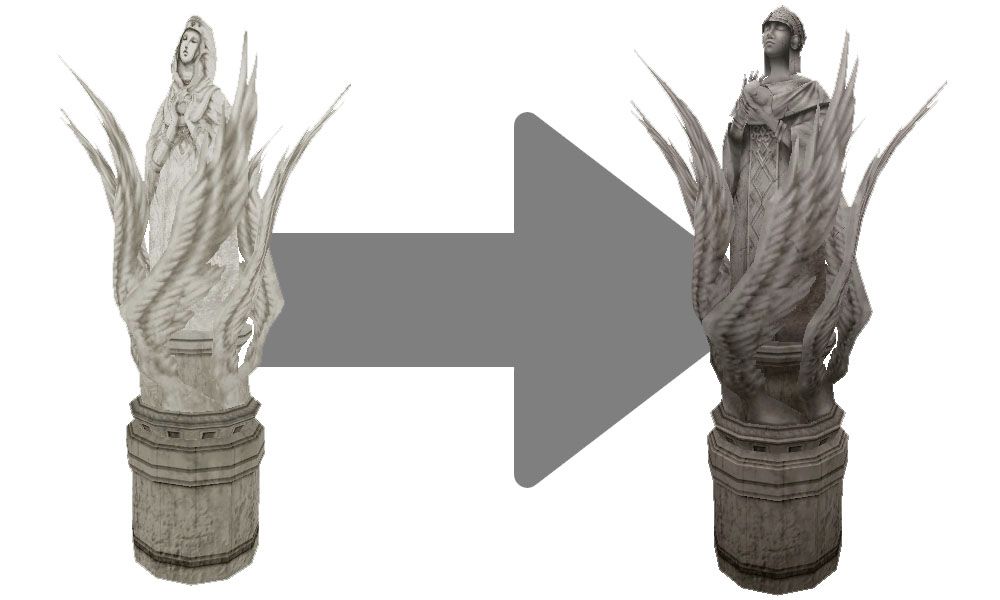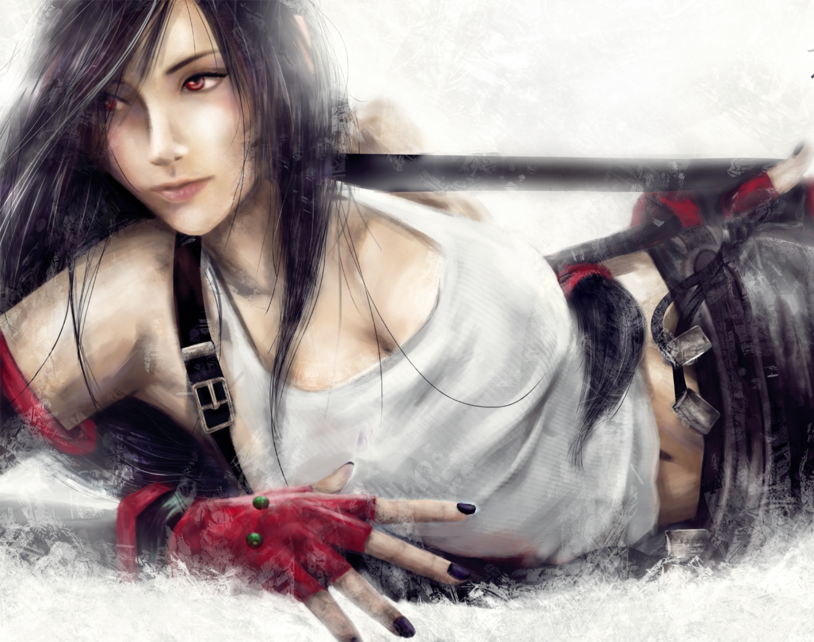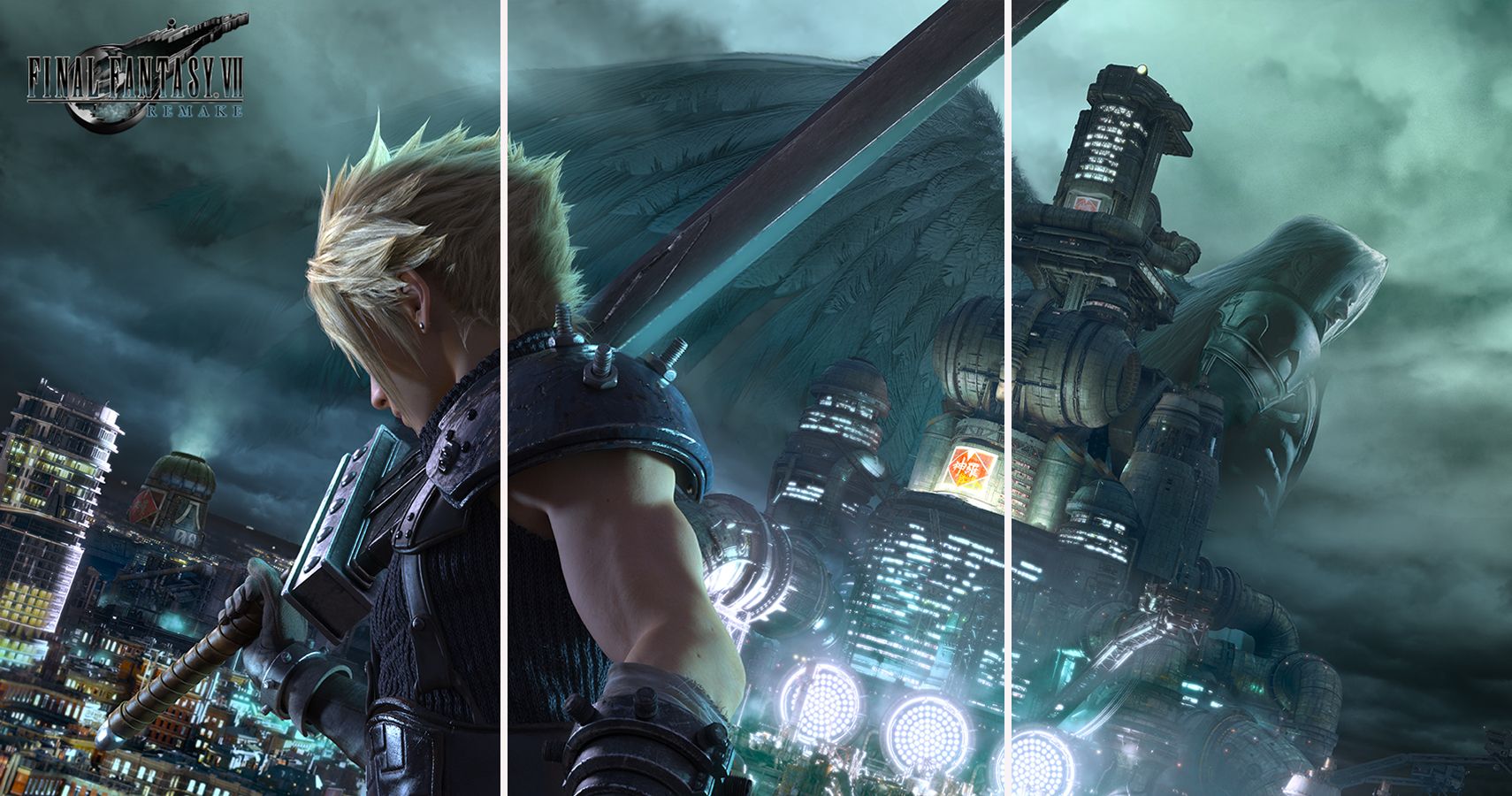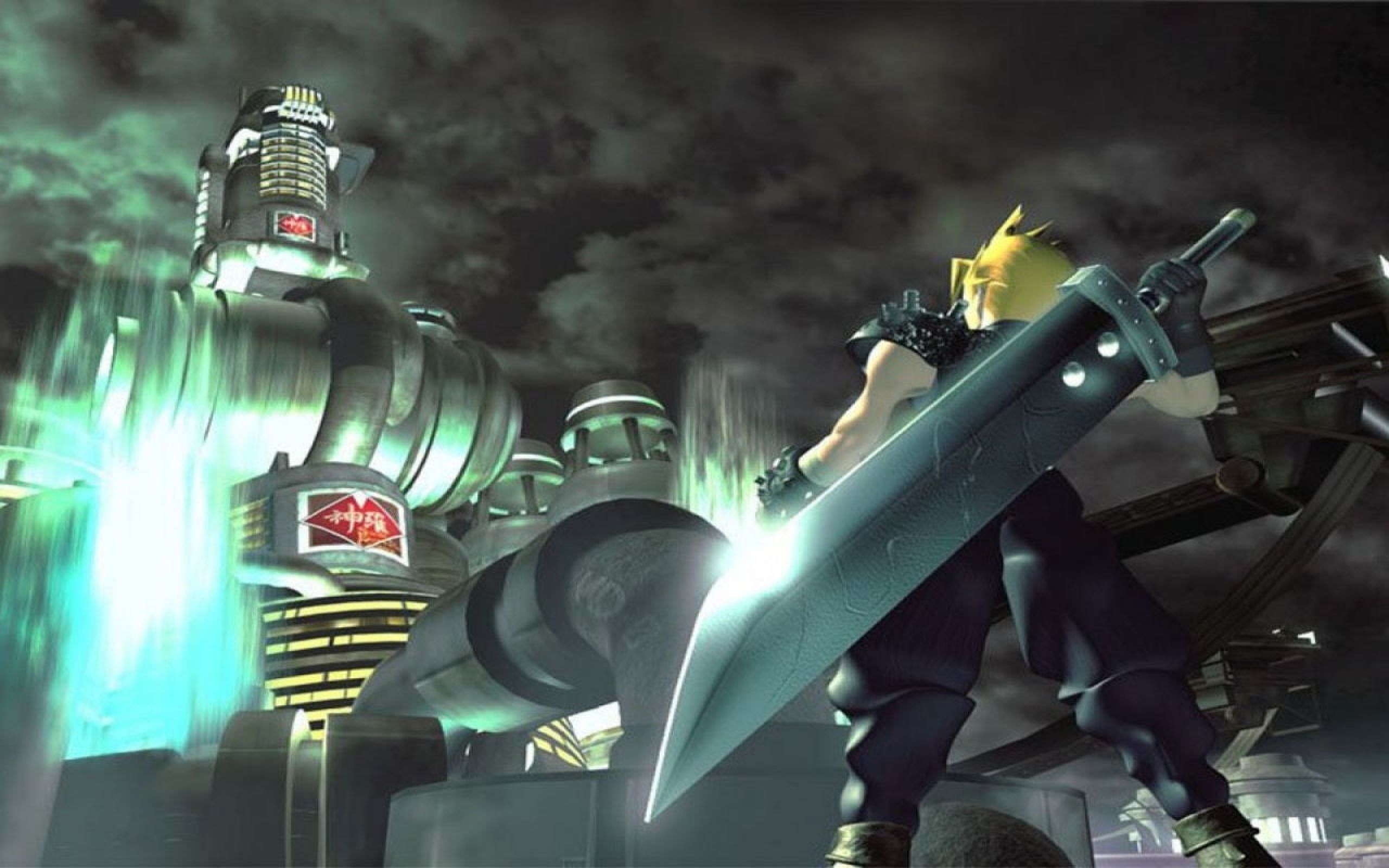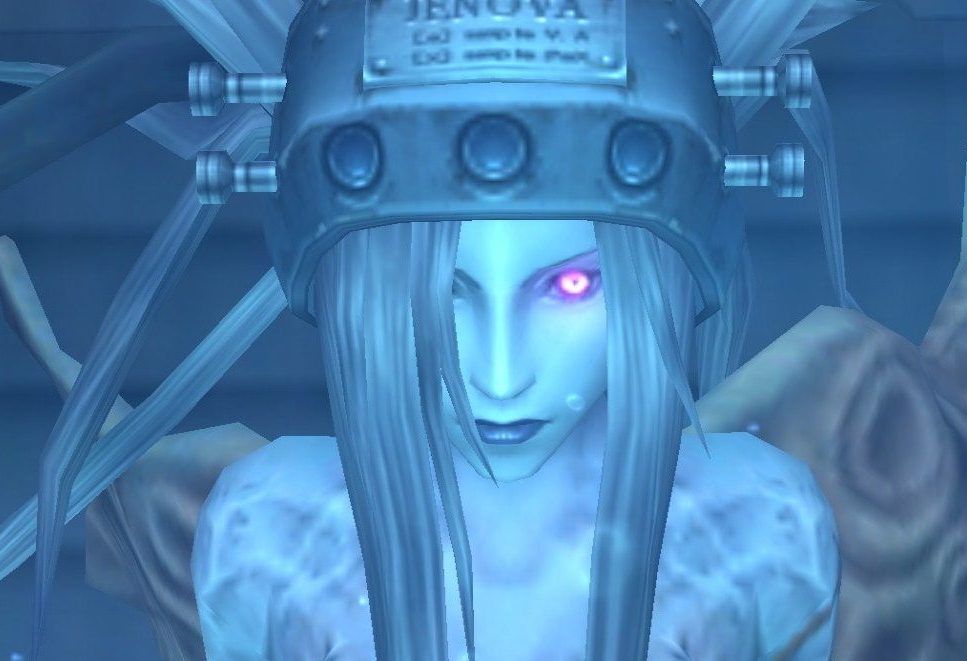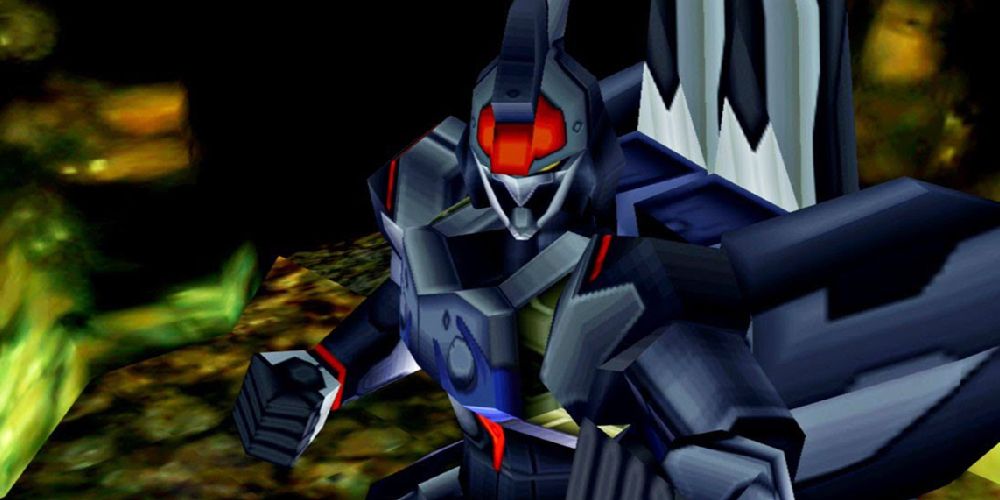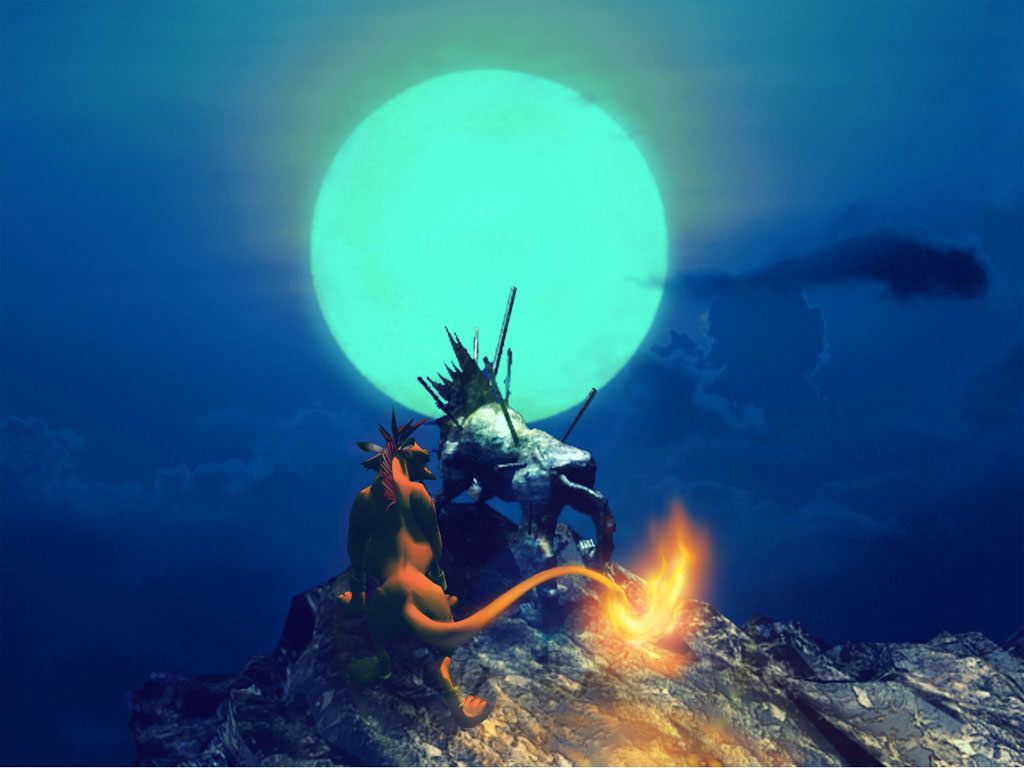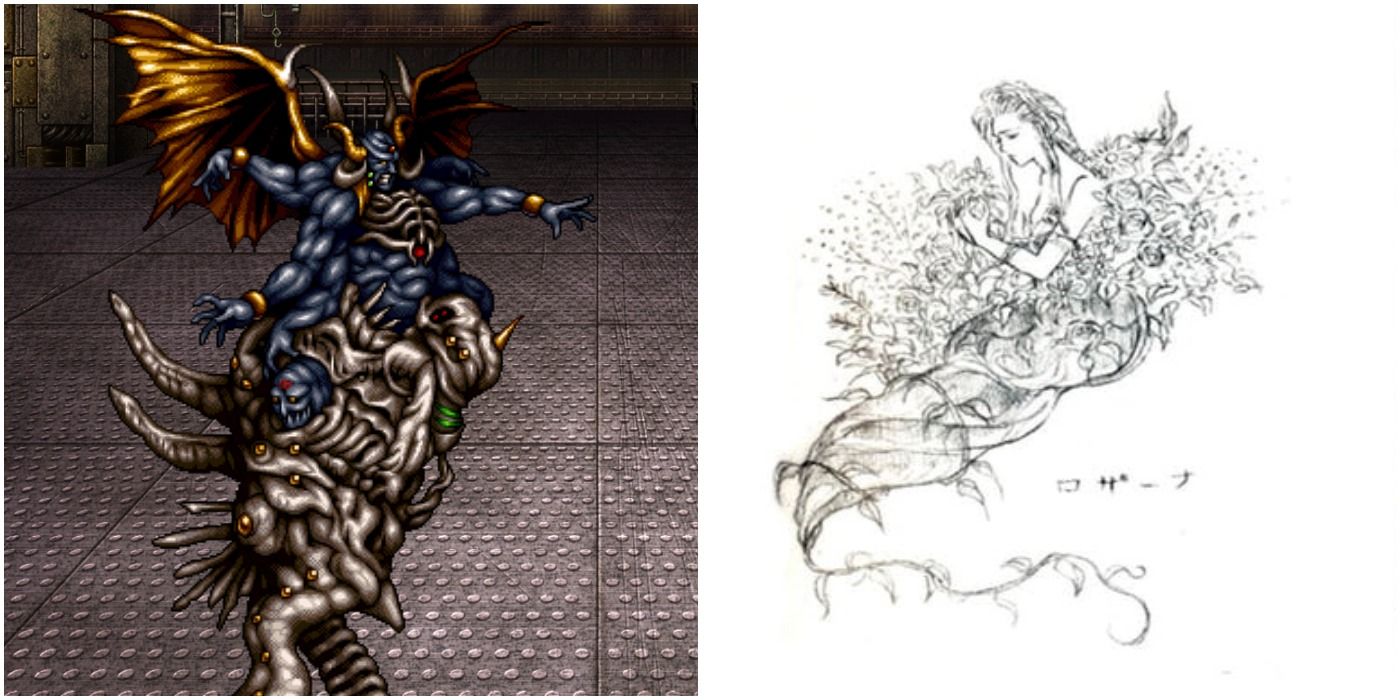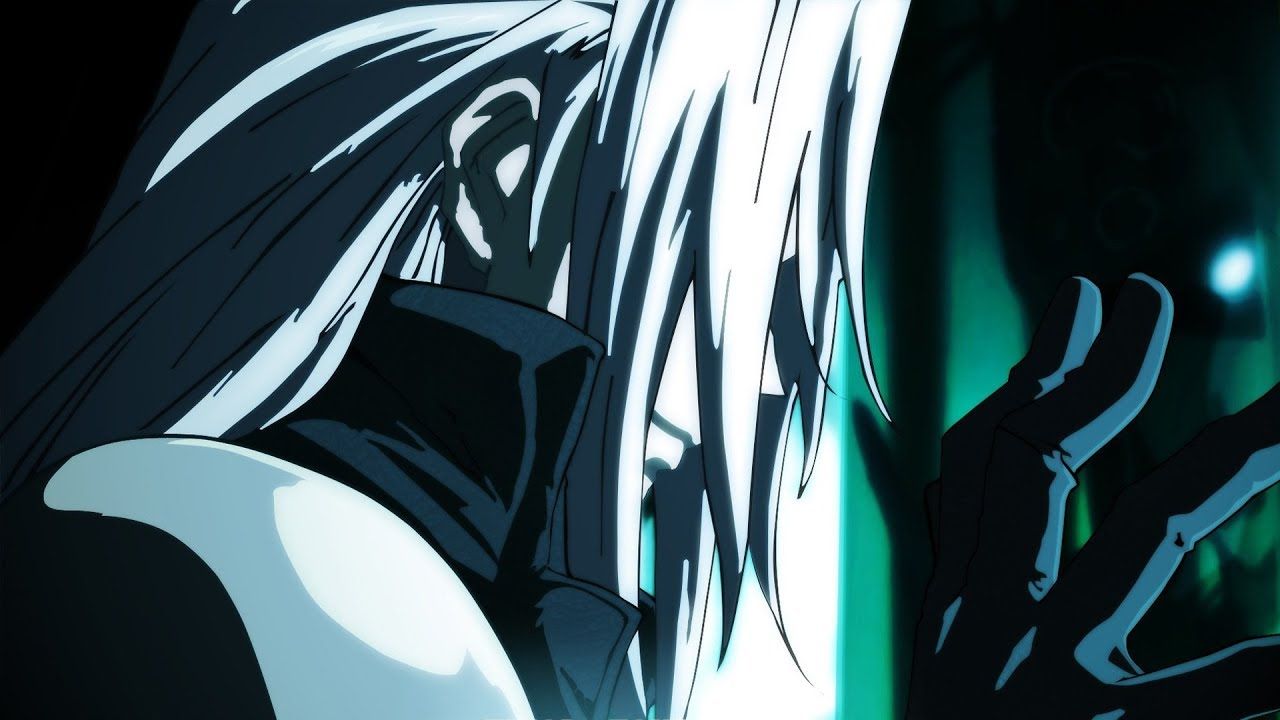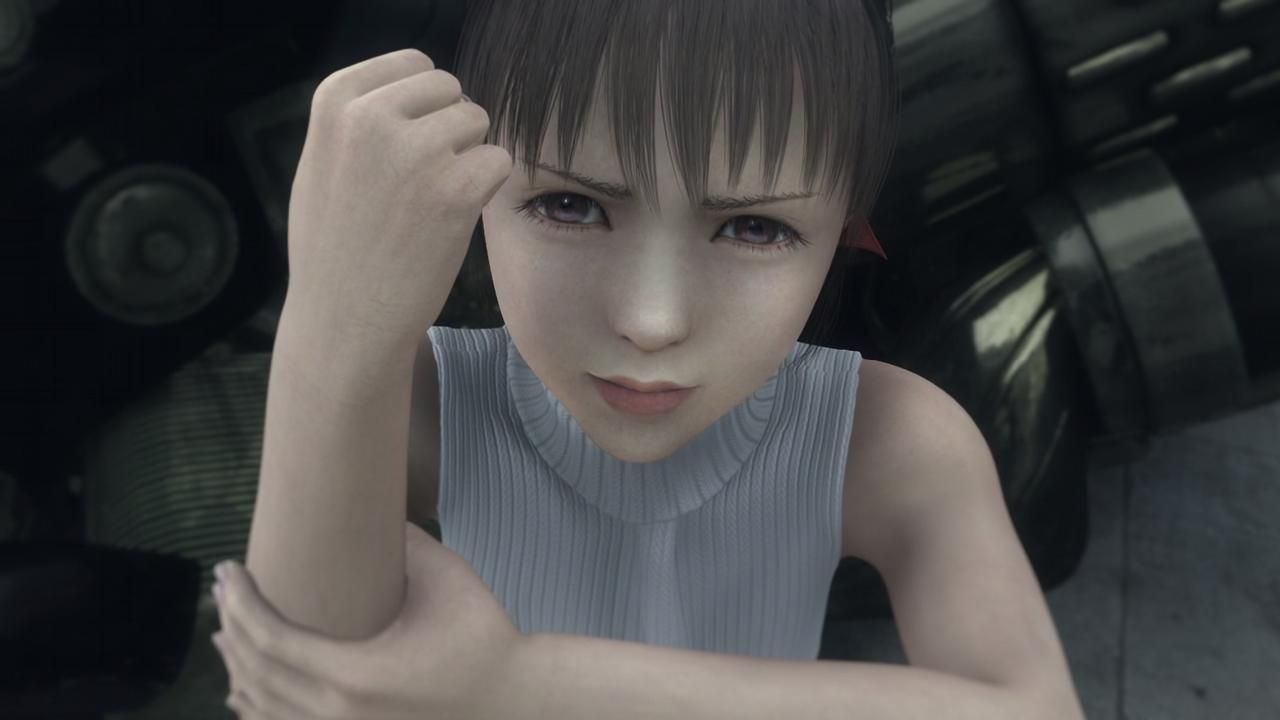Final Fantasy VII marks the first point when the Final Fantasy series was free to tell more adult stories. This was due to the fact that the first six games in the series appeared on Nintendo consoles, during the period of time when Nintendo was notorious for the strict content guidelines on all the games that appeared on their systems.
The Sony PlayStation offered Squaresoft the freedom of being able to tell any kind of story that they wanted to, with the added benefit of the extra memory of a compact disc. This allowed Final Fantasy VII to include more crazy elements than they had in the past, as well as being able to show different orientations and alternate lifestyles.
There were times when the creators of Final Fantasy VII almost went too far with their new-found freedom, which they have admitted themselves in various interviews that have been published over the years. We are here today to look at the darkest aspects of Final Fantasy VII that Square Enix would prefer that you didn't know about. From Sephiroth's incurable desires, to the mystery of the mystery underwear.
Here are Fifteen Dark Secrets About Final Fantasy VII You Really Don’t Want To Know!
15 Sephiroth's Problem
In the world of Final Fantasy VII, the Shinra Corporation has discovered a way of turning the Lifestream (the combined force of all spirits that acts as the source of all life) into an energy source. This involves creating massive reactors that turn the Lifestream into a liquid form, known as Mako, which can be then used as a power source.
Sephiroth was once planned to be addicted to the effects of Mako
In the original story draft for Final Fantasy VII, it was going to be possible for people to become addicted to Mako. This was the original fate of Sephiroth, who was planned to lose his mind due to his crippling dependence on the substance. It is only his amazing physical durability that allows him to live long enough to become insane.
14 The End Of Barret
When the development of Final Fantasy VII started to take form into the game that it would eventually become, there were only three characters planned to appear; Cloud Strife, Aerith Gainsborough, and Barret Wallace. The other characters were created as the story took shape, such as Zack being made in order to accommodate the idea of Cloud taking on an identity other than his own.
The decision had been made early on for one of the main characters in Final Fantasy VII to be slain by the villain, which would become one of the most important moments in the story. Aerith was almost spared from her famous fate, as the original choice to be skewered by Sephiroth's sword was Barret. This was later changed, due to fears of invoking the stereotype of black characters perishing first in movies.
13 Vincent's Horror Show
The Final Fantasy series was directly inspired by Dungeons & Dragons, with the first game in the series borrowing heavily from the classic tabletop RPG. One way in which the series has continued to emulate Dungeons & Dragons is in the use of the character class system (often referred to as "Jobs") which has appeared in many Final Fantasy games.
Vincent's job was meant to explain his bizarre Limit Breaks
Final Fantasy VII was planned to have job titles for all of the main characters, which would appear on the menu. Cloud was originally going to be a Mystic Knight, Aerith would be a Geomancer, etc...
Vincent Valentine's job was planned to be "Horror-Researcher" which was meant to explain why his Limit Breaks allowed him to turn into such horrific creatures.
12 Sephiroth & Aerith Bluth
Aerith and Sephiroth have no prior connection before the events of Final Fantasy VII began. They only have a few brief encounters throughout the game, which culminates in Sephiroth taking Aerith's life at the end of Disc One.
There were several different plans for Aerith and Sephiroth to share some kind of relationship before their fateful final encounter. At one point, they were planned to be siblings, which is reflected in their similar hairstyles. This was changed as the story took shape, as Aerith & Sephiroth's origins were too different to be compatible.
There was also a point when Aerith & Sephiroth were planned to have been lovers in the past, which was eventually shifted to Aerith & Zack. This would have added an extra layer of tragedy to Aerith's demise.
11 The Fate Of AVALANCHE
Final Fantasy VII opens with Cloud Strife assisting an eco-terrorist group known as AVALANCHE in their plot to destroy one of Midgar's Mako Reactors. Three of the members of AVALANCHE are later caught up in the destruction of Sector 7 when the plate is dropped on the region.
The members of AVALANCHE were destined for a terrible fate...
In the Final Fantasy VII novella called Hoshi wo Meguru Otome, we see Aerith's journey through the Lifestream, where she encounters many of the characters from the game. Aerith meets Biggs, Jessie, and Wedge, who are unable to pass on to the afterlife, as they still cling to the memory of the lives they took when they destroyed the Mako Reactor. Aerith is unable to help them find solace, which means that the members of AVALANCHE will have to remain in limbo until they can come to terms with their crime.
10 The Holy Minerva
Crisis Core -Final Fantasy VII- reveals that the Lifestream possesses a consciousness of its own, which takes on the form of a woman named Minerva. There are characters within the world of Final Fantasy VII who worship Minerva as a goddess. It is possible for Zack Fair to battle a manifestation of Minerva, which acts as the most difficult boss fight in the game.
The physical appearance of Minerva is that of a woman with blonde hair. There are several artistic interpretations of Minerva found in the game, one of which is a statue that makes her look like Joan of Arc. This statue is actually the result of censorship, as the original Minerva statue looked like Mary, the mother of Jesus. The statue was changed due to fear of causing controversy.
9 The Last Night Before The Battle
There is a point in Final Fantasy VII where the party disbands in order to spend time with their friends & family so that they can decide if they want to continue their mission to stop Sephiroth. The only people who remain aboard the Highwind are Cloud and Tifa, as they really have nowhere else to go, now that the rest of the party has left.
Cloud & Tifa's relationship was going to be more visible
The scene between Cloud and Tifa is different depending on the relationship modifiers you have accrued through the game. One possible scene suggests that the two of them got together while the rest of the party was gone.
It was revealed in the Final Fantasy VII 10th Anniversary Ultimania guide that the scene was originally going to be more, with Cloud and Tifa sneaking out of the Chocobo stables while making sure no one saw them.
8 The Broken Windows
Final Fantasy VII helped the series to find mainstream success outside of Japan and created an audience for JRPGs in the west. Squaresoft was keen to capitalize on the success of Final Fantasy VII with ports of the game, but their options were limited. Squaresoft had fallen out with Nintendo and the N64 couldn't handle the game due to memory limitations, while the Sega Saturn was lagging behind in the marketplace.
Final Fantasy VII did receive a Windows port, which was outsourced to a different team. This original PC version of Final Fantasy VII is notorious for being almost unplayable, due to a wide range of bugs and hardware compatibility issues. You basically need to install a bunch of fan-made patches to get the game running, which Square Enix has actually endorsed, as they showed no interest in fixing the game themselves.
7 The Destruction Of Midgar
The story of Final Fantasy VII underwent numerous different changes before development began on the game.
The earliest concept for Final Fantasy VII involved the game being set in the real world, with the story beginning in New York City. The main character was going to be a detective named Joe, who was on the trail of the terrorists that destroyed the city of Midgar. This idea was changed due to a lot of staff working on Final Fantasy VII being shifted over to the development of Chrono Trigger, which was near completion at the time.
The original concept of Final Fantasy VII was used in Parasite Eve
The detective character would later appear in a novel called Final Fantasy VII Lateral Biography Turks - The Kids Are Alright- where he was named Evan Townshend. The story of Evan involves his search for Kadaj from Advent Children.
6 The Jenova Inside All Of Us
The alien being known as Jenova is central to the story of Final Fantasy VII. It was through experimenting with Jenova's DNA that super soldiers like Sephiroth were able to be created.
In the original concept for Final Fantasy VII: Jenova was going to be a totally different kind of creature. It was originally planned for Jenova to be the name of a part of human biology that allowed access to magical abilities. It was going to be possible for the Jenova element to be awakened through artificial means, though this would often lead to mental problems. Those who had awakened their Jenova element were referred to as "Thaumaturge."
The Sorceress Edea was planned to be a priestess in Final Fantasy VII who was a skilled Thaumaturge, but her character went unused. Edea would later appear in Final Fantasy VIII.
5 Xeno Fantasy VII
Xenogears was an RPG that was released for the original PlayStation. The game is notorious for that fact that it was never finished, with the second disc of Xenogears essentially being one long cutscene that acts as a proof of concept for what was actually planned to be the conclusion of the story.
The original concept for Final Fantasy VII was too dark
Xenogears would almost certainly have been finished if it had been selected for its original purpose. This is because Xenogears was originally pitched as being the next entry in the Final Fantasy series, which would have made it Final Fantasy VII.
The Xenogears/Final Fantasy VII pitch was considered to be too dark for a Final Fantasy game, which is why it was turned into a unique title.
4 The XIII Clones
Red XIII believes that he is the last surviving member of his species. Final Fantasy VII ends with the revelation that Red XIII would have cubs of his own, which confirms that at least one female of his species survived. This was later confirmed in Before Crisis -Final Fantasy VII- as the Turks help a female of Red XIII's species go into hiding.
It seems that Red XIII wasn't always going to be alone. One of the early story ideas for Final Fantasy VII involved Hojo successfully creating clones of Red XIII, called Cobalt XIII and Indigo XIII. These clones were meant to pursue the party throughout the game, as they were intent on proving that they were the superior beings and Red XIII wasn't worthy of life.
3 The Secret Early Cameos
The early Final Fantasy games were in different stages of development at the same time. This also included the other games being developed at Squaresoft, which meant that a lot of designs were reused during the Super Nintendo era. The biggest example of this was Bahamut Lagoon, which reused several monster designs from Final Fantasy VI. It seems that the seeds of Final Fantasy's development were already sown in the earlier titles.
The ideas for Aerith & Sephiroth debuted in early Final Fantasy titles
A creature known as Lemure exists as a monster in Final Fantasy V, which greatly resembles the design of Aerith. The Fiend boss in Final Fantasy VI was originally going to be called Sephirot. The Lemure and Fiend were both designed by Tetsuya Nomura, who was one of the main designers of Final Fantasy VII.
2 Sephiroth's Defeat
The events of the Nibelheim incident have been interpreted several different ways. This was a conscious decision, in order to make Sephiroth's fate as mysterious as possible. We see different versions of the Nibelheim incident in Final Fantasy VII, Crisis Core -Final Fantasy VII-, and Before Crisis -Final Fantasy VII-.
There was an OVA released, called Last Order: Final Fantasy VII, which also shows a different version of the Nibelheim incident. Last Order offers an explanation as to how Cloud was able to defeat Sephiroth. In this animated movie, we see Sephiroth taking his own life by jumping into the Mako reactor, as he realized that he needed to enter the Lifestream in order to be able to continue his goal to reach the Promised Land.
1 Marlene's Mysterious Key Item
There was an infamous quest near the beginning of Final Fantasy VII that involved Cloud needing to dress like a woman in order to gain access to Don Corneo's mansion. This quest involved Cloud needing to find different pieces of female clothing, which also included jewelry and perfume.
There was an item in Final Fantasy VII that was censored for being too much...
There were several items & scenes cut from Final Fantasy VII that involved the HoneyBee Inn. It was originally possible to be given a pair of women's underwear that had been stolen from Tifa's washing line. Cloud would presumably have worn these during the encounter with Don Corneo.
The reason this scene was cut was due to the numerous hints that the underwear actually belonged to Marlene, who is Barret's young daughter. You probably shouldn't expect this scene to appear in the remake of Final Fantasy VII either.

